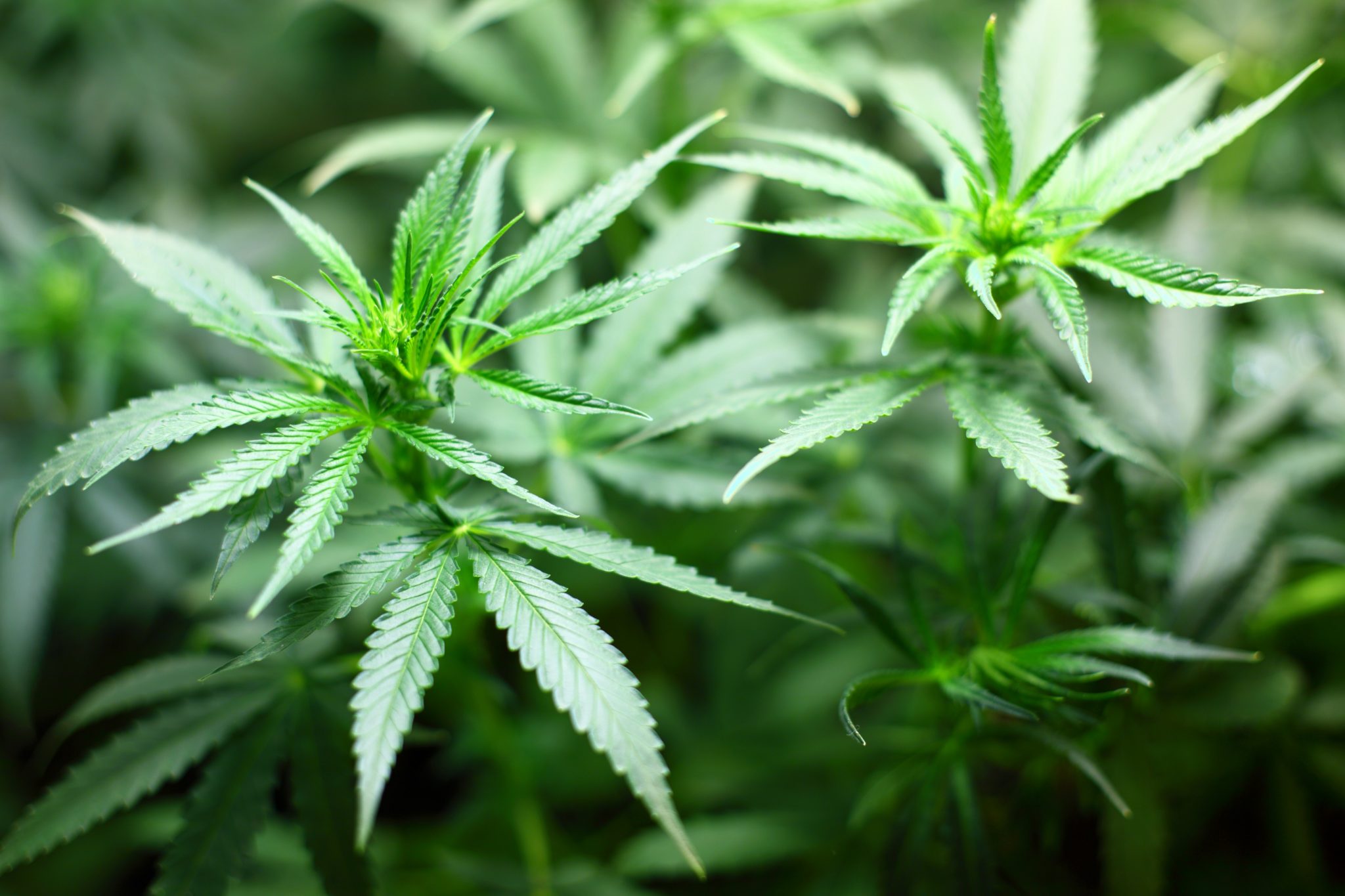Intro to Cannabis

Cannabis has been a major topic since its legalization in Canada in 2018. Even for those of us with no interest in lighting up, our friends, family and colleagues have dabbled in the devil’s lettuce, a little Mary Jane, or ganja, piquing our interests for just a moment. Even before legalization, there was always an air of mysticism around Maui Wowie; for many it was held on a pedestal, only for special enough occasions to warrant such naughty behaviour.
The students of Wilfrid Laurier are no strangers to pot, with over 50% of the students saying they’ve tried reefer in an online survey. What may be a little less obvious to the happy-go-lucky students looking to unwind after a long day of classes, are all the health benefits associated with cannabis. It’s easy to forget that such a denounced, maligned, and beaten down drug, one whose name your own mother refuses to even whisper, could do anything but zombify its users and murder brain cells (alleged but not proven your Honor).
This belief is in part due to how stigmatized weed has been over the past 100 odd years, to the point where it became uncouth to speak about it. Canada was a world leader, banning marijuana for no apparent reason in 1923, lumping it in with the likes of cocaine, opioids, and heroin. The USA did not follow suit for another 14 years. A possible contributor was the slew of side effects that come along with feeling high; dizziness, drowsiness, fatigue, dry mouth, nausea, coughing, you name it. There are, however, enough health benefits for the medical community to use the plant for medicinal purposes for millennia.
What is important to note is that there are two main active components in weed; THC, a psychoactive component (this gets you high), and CBD (this does not get you high), which does not have any psychoactive effects. Thus, CBD can be used in treatments where individuals do not wish to experience a high, like during studying or working, although there are many medical conditions that benefit from THC as well. CBD can also work with the THC, enhancing or diminishing its effects, medically called the “entourage effect”.
Medical marijuana – under the supervision of a health professional – is used for pain reduction, insomnia, inflammation, and to increase appetite, as may be necessary with the elderly. It is often prescribed for nausea during chemotherapy treatment for cancer, helping the patient maintain their weight. In low doses, it can also be used in the treatment of anxiety and depression. CBD is used mainly for the treatment of pain, anxiety, inflammation, and for its overall calming effect.
So, with all these benefits, should you walk down to your corner dispensary and self-prescribe some cannabis? Well, no. Under the right circumstances, and with lower doses, THC can be used for treatment in those under 25 years of age. This is the age when the brain is finished forming its neural connections in the prefrontal cortex, and there is no longer any interference with brain development from cannabis use. See a qualified physician who will review your health history, medication, and guide your medical use of cannabis. Of course, this
has hardly stopped anyone underaged from experimenting and/or developing hard habits in the past, so just remember; less is more as a youngster.
There are plenty of ways cannabis can be consumed. There’s tried and true smoking, which delivers the drug to the bloodstream right away and allows for immediate effects. With this method, though, you’re also inhaling hundreds of other chemicals while potentially damaging your lungs, which is not ideal. You can vape cannabis, a cleaner process, with the same effectiveness but without the higher temperature of combustion that is so tough on your lungs.
Edibles anybody? You can also ingest THC and/or CBD; this is the ideal route for medical use, as it minimizes respiratory irritation and is well-tolerated by the GI system. The downside is the 30-90 minute period for the drug to take effect, although the effects do last twice as long compared to inhalation (6-8 hours vs 2-4 hours). This can be dangerous for the antsy individual who decides that their first edible wasn’t doing the trick after 30 minutes and wolfs down another 100mg THC chocolate bar. Two hours later they are “greening out” on the couch and pondering why their hand is on backwards or the meaning of life (or both). Don’t forget the two main strains: Indica for “in-da-couch” and Sativa for its energy boost.
The most useful information out of all of this may just be the urine testing. For one-time use, THC will remain detectable for three days after the offense. For a moderate user, you’d need to wait a week before producing a clean sample. For a daily heavy user, one could need to wait up to a month for the cannabis to completely leave their system. That’s always something to consider.
Next time I’ll be talking more in depth about the treatment of medical conditions with cannabis, so stay tuned in case this applies to you.


